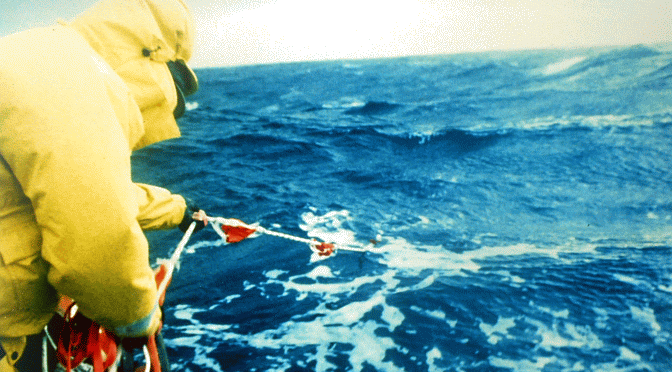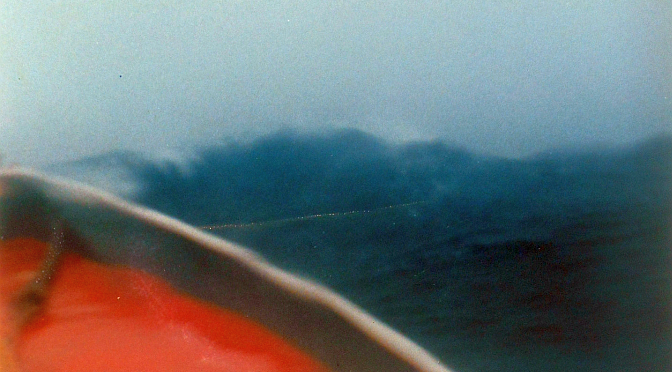Every year lives are lost at sea in storms. Others find themselves in storms but manage to survive and live to tell the tale. Some ride through the storms in relative comfort, others limp home with broken boats and broken bodies and minds. But all have a story to tell.
The goal of the Drag Device Data Base is to collect together such stories so that we can learn from them. What worked? What didn't work? How can we better prepare our boats and ourselves so that, should we be caught in a storm, we can make it through and arrive safely at our destination? If even one life is saved as a result of this effort, then it will have achieved its goal.
For example, a time honored tactic for storm survival has been to lie ahull. But, from the lessons learned from many such stories and, sadly, from those sailors who perished at sea, it has become clear that this is, in fact, one of the most dangerous tactics to employ since it positions the boat beam to the seas and at great risk of being capsized.
In contrast, the use of drag devices, either off the bow to hold the bow into the waves, or off the stern to slow the boat down and keep her square to the waves, appears to be a much more successful tactic. Even then, nothing is perfect. The configuration of the boat - single or multi-hulled, the style of keel, the position of center of effort, for example - and the nature of the storm itself - steep short waves or long rolling ones, wind against or with the current for example - all play a role such that one tactic that works in situation A, may not work in situation B.
And that is the reason for collecting so many stories. The more we have, the better conclusions we can draw as to what might work for our particular boat in our particular storm.
How to Use the Drag Device Data Base
There is a lot of information in here. Ideally you should read it all but, as it grows, that will ultimately become impossible. So here is our recommendation:
- Read the chapters in the Theory section. This will give you an understanding of what needs to happen in a storm if you want to come out of it with a good story for your landlubber friends back home.
- Search out the first-hand reports of boats that most closely match yours. As you do, try to imagine how you might put into practice on your own boat the lessons they teach. Most likely this will involve buying some equipment and making some modifications to your boat.
- Download or, better still, buy a hardcopy of the DDDB to be kept onboard. If you find yourself in a storm you will want to read it again!
- If you have the misfortune to find yourself in a storm - or know someone else who has - please send us your own story so that we can publish it here and others can learn from it.
Hopefully this will just provide some fascinating reading and, like your EPIRB and life raft, you will never actually have to use it.
Fair winds and following (small) seas!



A most valuable resource that should be compulsive reading for all skippers and crews embarking on offshore passages. In particular RYA Yacht master training should be reviewed in the light of the section regarding emergency steering without a rudder and the leading of bridles to the centre of rotation rather than further aft.